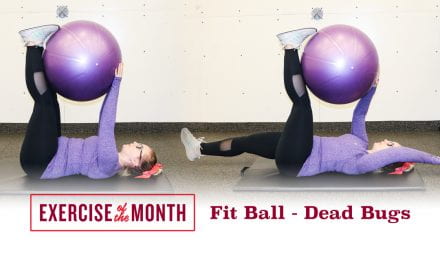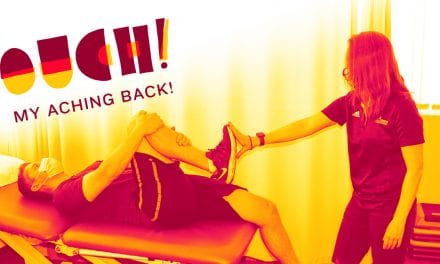To fully develop an efficient back crawl, arm movements play a big role, and can help a swimmer move farther, faster, and more efficiently through the water.
Backstroke uses a backwards arm motion to help propel the swimmer. Arms should remain opposite each other, where one arm will be extended above your head while the other is by your side. As your lower arm exits the water, your thumb should exit the water first, and your hand will rotate in the air so that your little finger enters the water first.
As you pull your hands back to your sides, the elbow is bent, with your fingers pointed toward the side wall of the pool. Your elbow straightens near the end of the push. The hand finishes with a vigorous push of the water, and breaks the surface of the water with the thumb emerging first.
It may be helpful to practice a one arm stroke so that you can concentrate on the feel of the water against your hand as you master this arm movement. You may use an assist such as a lifejacket, water jogging belt or pull buoy to allow you to maintain buoyancy while you concentrate on just the arm pattern.
A common mistake is reaching too far above your head for hand entry. Ideally your hand should enter the water directly above the shoulder. A cue that you are overreaching is if your hips are snaking through the water.
By Jason Britton and Alex Lee
Jason is a full-time Lifeguard/Instructor here at MacEwan University Sport and Wellness. He has over 19 years of aquatic and coaching experience and is one of the main organizers of SwimRun Edmonton.
Alex is a certified Swim for Life and Lifesaving Instructor with the Lifesaving Society. He is a Junior Griffins Aquatic Camp Counselor and has developed the water safety education programming used in the Jr. Griffins Aquatics Camps.



